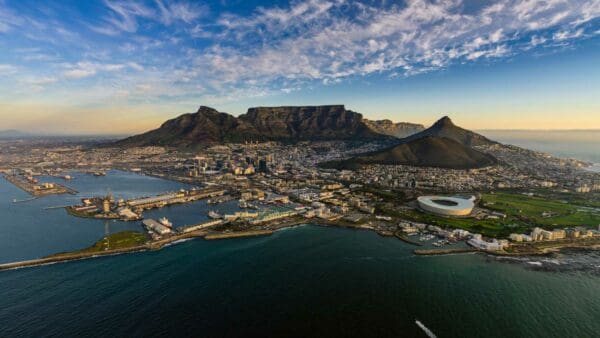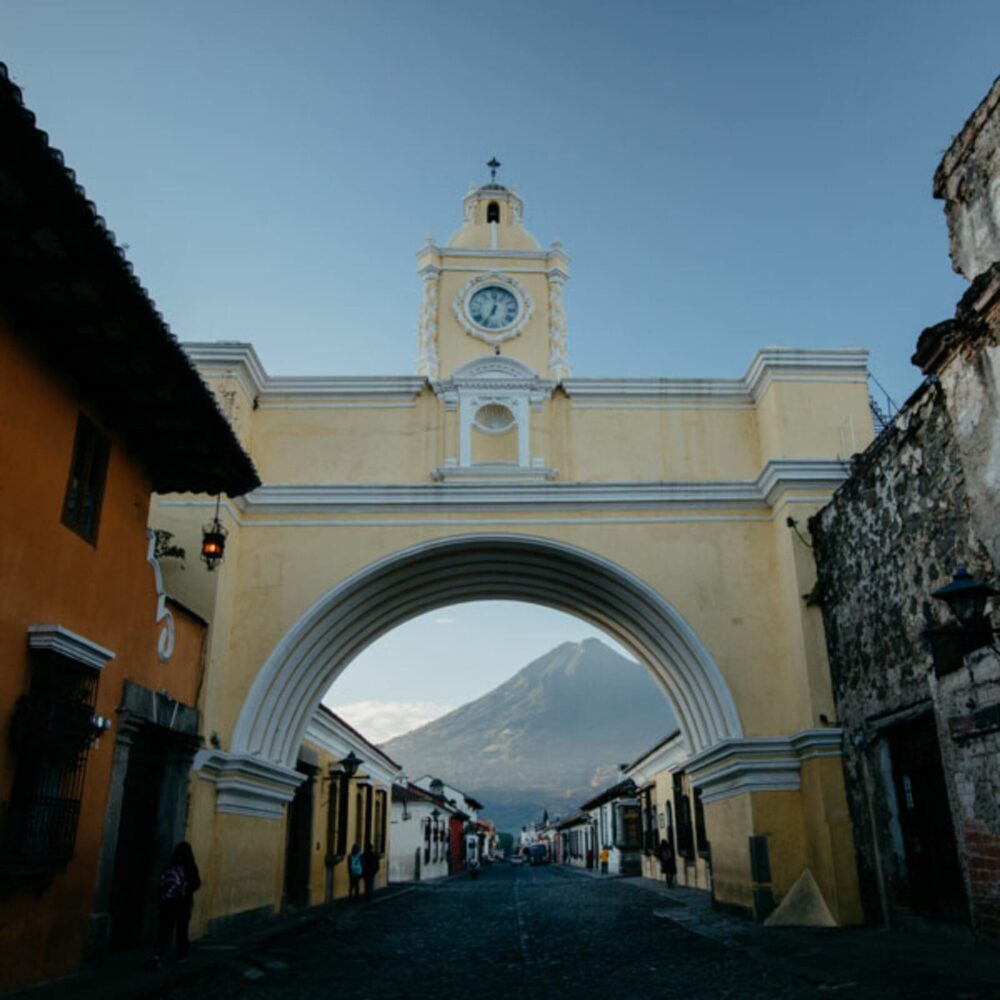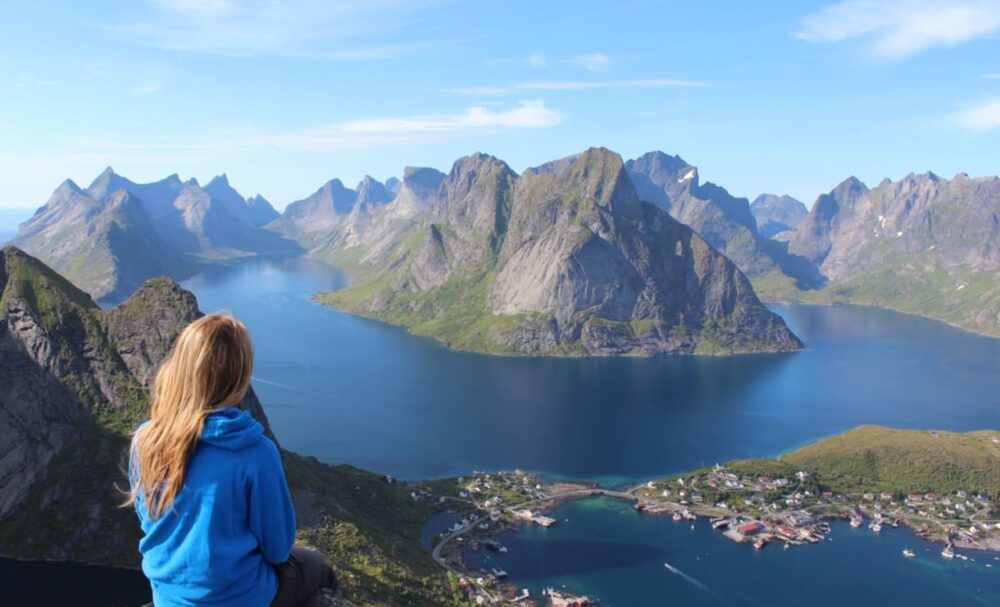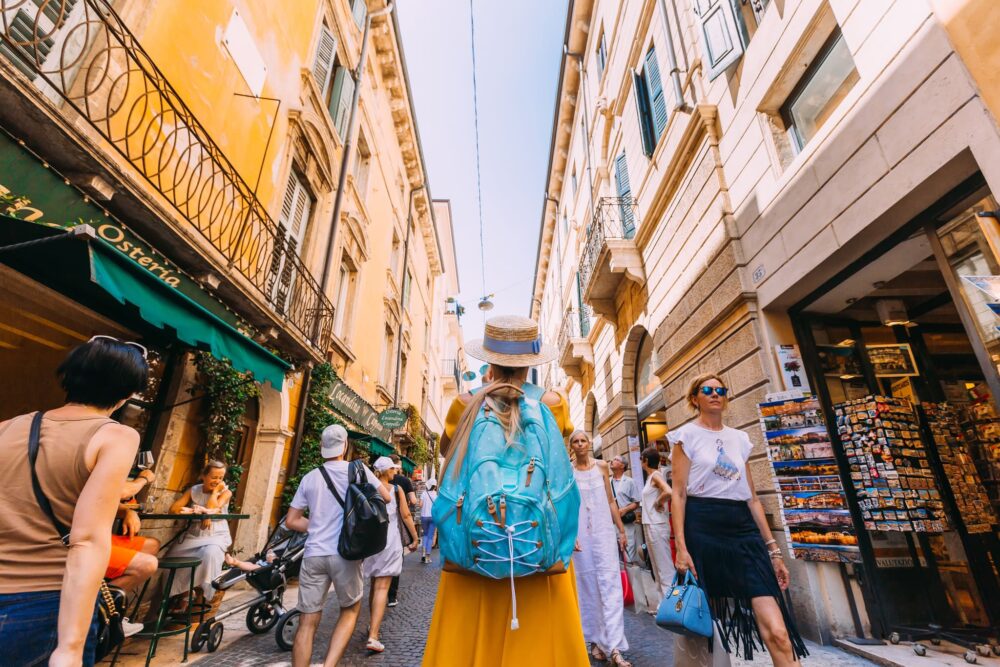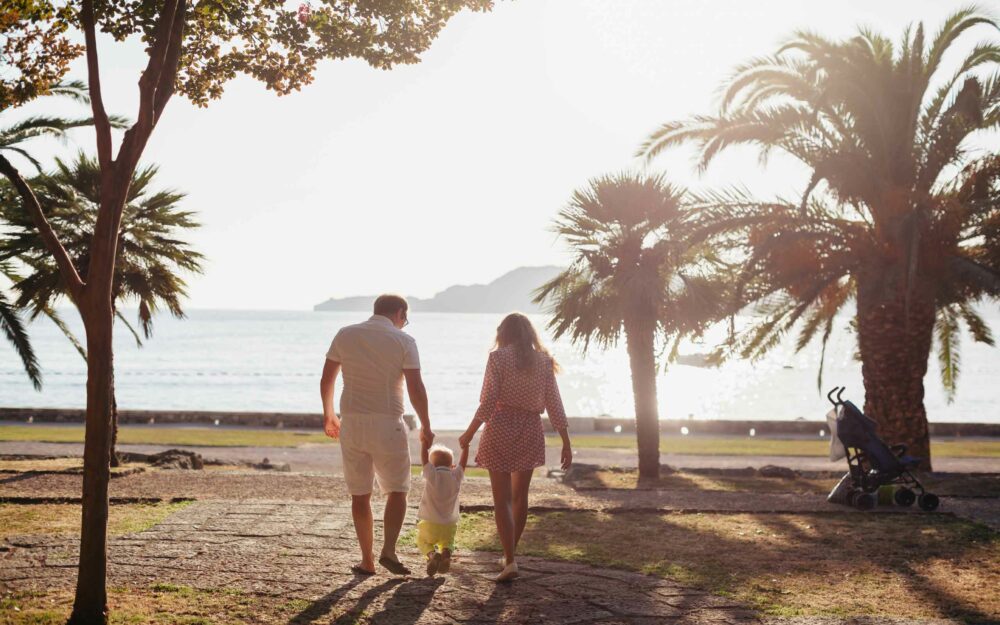Area: 1,030 mi² (2,670 km²)
Elevation: 8,000-14,330 ft. (2400-4368 ms.)
Number of Christians: 500 (.5%, estimate)
Overview-
Hezuo is the principal city of Gannan Tibetan Autonomous Prefecture in southern Gansu province of Western China. With an elevation ranging from around 8,000 ft up to 14,330 ft on the highest peak (Mother of the Prince Peak) that towers over its northern border, Hezuo has long, cold, dry winters, and short, mild summers. Winter is very dry, with grassy yellow slopes and a cold blue sky dominating. Summer is warm by day, cool by night, with abundant rain and grassy green mountains and valleys stretching in all directions. Pine forests grow on many of the north facing mountain slopes, where the southern sun is not able to shine so bright and evaporate too much of the moisture from the soil.
Hezuo has changed so much since I first visited with my brother way back in the summer of 2003, when it was a small, crowded, dusty outpost of a town. The current modern city is built on what was originally a rare populated wetland basin, and mass city-construction began in the 1950s. The main attraction for tourists is the 9-story (120+ ft high) Milarepa Temple, which was originally built in the Qing dynasty. It is said that there are only two temples of this kind in the whole Tibetan area, and the one in Hezuo is the only one which has nine floors and is dedicated to one of the primary founders of Tibetan Buddhism, Milarepa. Hundreds of Tibetan Buddhist monks and lamas still live and study here, as well as in dozens of other monasteries scattered throughout the region.
The People-
The Hezuo region is known for its Amdo Tibetan inhabitants, however today only slightly more than half of the population today are ethnic Tibetans (55%). The remaining 45% are made up of mostly Han Chinese and Hui Muslims, as well as a smattering of other ethnic minorities like the Dongxiang and Salar (Chinese Muslim), and Sogwo and Tu (Tibetan Buddhist). The vast majority of the non-Tibetan peoples of Hezuo live in the city center and a few of the surrounding towns. The rural areas are dominated by ethnic Tibetans, and in some areas semi-nomadic Tibetans spend much of the year living in tents with their yak herds among the higher mountains. Before Communism came to power in China, the only non-Tibetans in this region would have been Han Chinese and Chinese Muslim traders.
The Church-
The past ten years or so has completely transformed the outward facade of Hezuo into something resembling a flashy modern city with dozens of hotels, wide avenues, and new schools, but its unchurched and unevangelized soul remains much the same. The number of Christians in Hezuo is difficult to determine since there is no officially recognized church of any kind, although there are at least a few hundred Christians among the Han Chinese population who meet weekly in local homes. There are also a few scattered Tibetan believers who at times have been able to gather together, but are mostly separated from each other and the Chinese church by distance, language, and culture. Outside of the main urban area of Hezuo, the number of Christians drops to nearly zero.
The Need-
Although we don’t know of any Christians in the six townships and hundreds of villages surrounding Hezuo City, one answer to prayer is that almost all of the region is now accessible by road, whereas just a few years ago some remote valleys in the northern mountains could only be reached on foot, horseback, or possibly by tractor. Back around 2006, a group of us trekked many hours up from from the Muslim lands to the north to reach the small mountain village of Tufang (“Mud Hut”) and distributed a few tracts while chatting with the local Tibetans.
Hezuo City is also home to a regional university, with thousands of Tibetan, Muslim, and Chinese students, which has been targeted for outreach at different times by a variety of different people, dating back to the early 2000’s. The school is almost always looking for English teachers, so there is still a very real open door for those who feel called to long-term cross-cultural ministry!
Although the need seems overwhelming, in the past few years thousands of Bible portions and tracts have been secretly distributed door to door in nearly every district of the region. This effort continues, with the goal being to give as many people as possible the opportunity to read and know God’s Word for the first time, especially the Tibetan and Muslim minorities, and the young people who are growing up knowing nothing but what they are taught in the Communist schools.
1) Pray for the Gospel seeds being planted in and around Hezuo to bear fruit and for a harvest to come soon
2) Pray for the believers who call Hezuo home, that they would be strengthened (and their numbers grow)
3) Pray that more missionaries and evangelists would target Hezuo for short and long-term outreach
4) Pray for God to open doors in miraculous ways for a Tibetan Church to be established in Hezuo
Special Prayer-
There are six rural districts within Hezuo city limits. Here are their names, so that you can pray for them individually…
Zuogaiduoma (????)?Zuogaimanma (????)?Kajiadao (???)?Kajiaman (???)?Lexiu (??)?Nawu (??).


.png&maxwidth=640)



